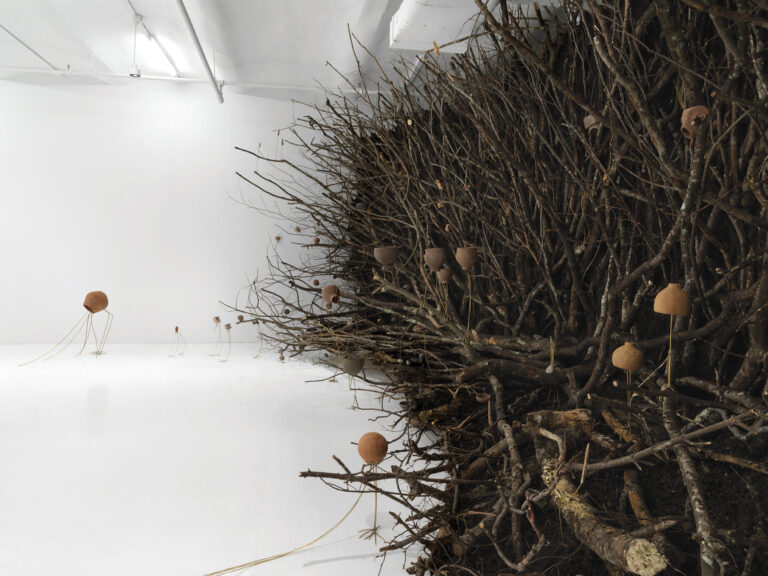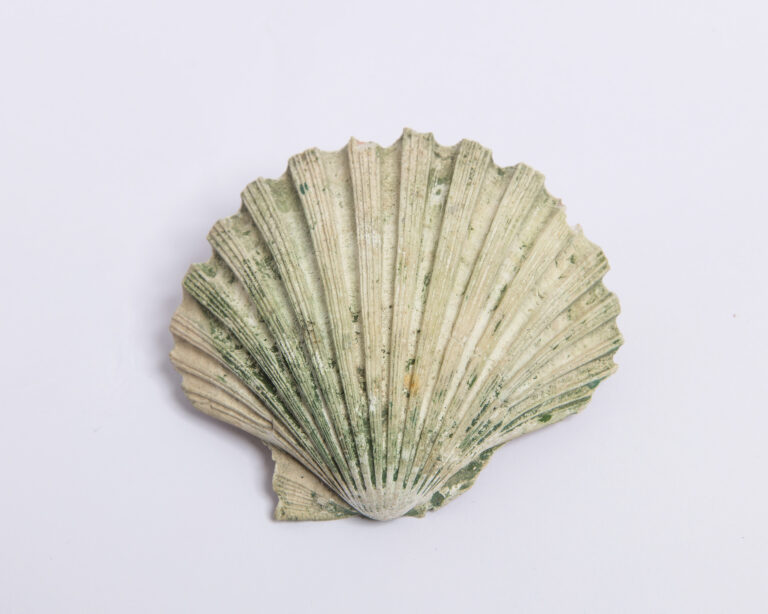By this stage, the city was abuzz with the news: the Roman enemy, under the command of Minatius Magius and Lucius Cornelius Sulla, was advancing towards the city walls. They had already conquered nearby Herculaneum and would soon be approaching Pompeii. There was nothing to be done but bring those who lived in the rural areas back to the city, and close everyone inside.
Fortunately, and with admirable foresight, the old, but still solid, city walls had been reinforced a few years earlier. Sturdy, high towers had been built along the walls, provided with crenellations and embrasures to enable efficient defence during an attack; in all, twelve towers had been built and many of them had a hidden gate that allowed sorties towards the city outskirts, protected and unseen by enemies. So the city was well protected and a safe place to take refuge in the event of danger.
Nonetheless, something still had to be done; defence had to be organised in the best possible way and everything had to work like clockwork in order to withstand an attack. In addition to Herculaneum, the powerful Roman army had already subjugated the city of Compsa and destroyed an enemy camp at the gates of Nola.
The enemy would approach from the northern side, since it was the most exposed to an attack and needed better defences. The two gates were on this side: one facing towards Herculaneum and the other facing towards the mountain, Vesuvius. And then there were the gates on the eastern side, facing towards Nola and the hills from which the River Sarno sprang. The southern side, the gates of which faced towards Stabia and Nuceria, was less potentially vulnerable to attack, since the battles were taking place to the north of Pompeii. Beyond the Stabia Gate, going towards the Forum and the road leading to the Marina Gate, organising defence had become more complex in previous years. It was precisely on the walls, in fact, that the dwellings of certain eminent citizens had expanded, taking advantage of the relatively peaceful situation: being faithful allies of Rome had brought many advantages, including economic growth through trans-marine trade with the East and West. This expansion meant that now the patrol path was occupied with parts of their houses. Making use of the solid fortifications, they had built rooms overlooking the magnificent view.
So the most important locations for the deployment of the troops were pinpointed and defence groups were organised under the command of the most valorous of Pompeii’s inhabitants. However, not all the defenders were used to moving around the city, since many of them also lived outside the city walls, and it was crucial to move without creating chaos. For this reason, it was decided to write directions for the troops on the facades of the houses, so that they could move around easily and in an orderly manner. The besieging troops were better organised and well-equipped with powerful artillery, including ballistae and catapults, which struck the walls of the city with their projectiles made of large river stones or lead; many managed to climb over the barrier of the walls with the double chemin de ronde and strike the roofs and gardens of the houses closest to the walls, on the side of the city between the Herculaneum Gate and Towers XII, XI and X.
The siege of Pompeii and the defence system organised by the Pompeians is not only recorded in ancient sources, but also in direct archaeological evidence; these include, first and foremost, the signs of damage left by the projectiles thrown by the besiegers against the city walls, and the projectiles themselves preserved like relics inside some of the houses. These traces, which remained in full view for over one hundred and fifty years until the catastrophic destruction of the city, are associated with inscriptions painted in red on facades of some of the dwellings, made with blocks of Nocera tuff; these inscriptions, written in Oscan, were used by the city to organise defence and to direct conscripts to assembly points under the command of the Pompeians. They have, therefore, conserved the names of the commanders: Titus Fisanius, son of Ovius, Maras Atrius, son of Vibius, Vibius Sexembrius, son of Lucius, Lucius Popidius, son of Lucius and Maras Purellius, son of Mamercus. And we know that control of the northern sector, between the Herculaneum gate, also known as the salt gate, and Tower XI was under the command of Maras Atrius, that the area between Towers XI and X was under the command of Titus Fisanius and finally the western side, between the houses of Mamercus Castricius and Maras Spurius, son of Lucius (two of the citizens who had occupied the walls with their houses) was under the command of Vibius Sexembrinus. The latter two had the task of organising the defence on the eastern side, at the median tower, near the Urublana gate (today’s Nola gate). We also know from the inscriptions that, close to the temple of Minerva – the ancient Doric temple near the triangular forum – stood the Domus Publica (the name given to the house of the Pontifex Maximus).
Observing what remains of the painted inscriptions and following their indications, even today, as you walk through the streets of Pompeii, you can be projected back to those hectic moments when the city had to defend itself from the siege that was soon to change its history once again.
Marco Giglio is Archeologist – programmed maintenance at the Archaeological Park of Pompeii

